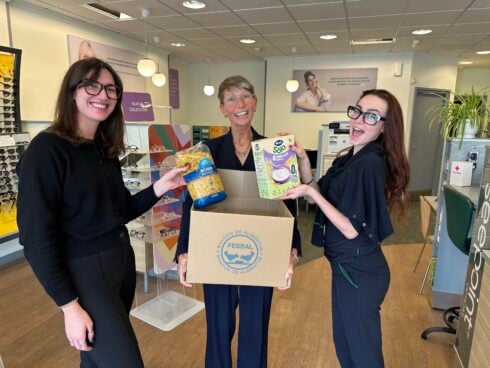HAY FEVER sufferers in Malaga are set to suffer an intense pollen season this year, experts say.
Despite the use of masks, experts have warned that due to mild winter temperatures, heavy rain and elevated humidity, the pollen counts will be high this spring.
According to Dr Leticia Herrero, head of the Allergology Service at the Hospital Quironsalud Malaga, the mandatory face masks have benefits against certain allergies as well as against the prevention of COVID-19 by not letting particles pass through and into the respiratory tract, however, the warmer and abundant rain this winter has caused plants to ‘increase their pollen, affecting allergy sufferers the most’.
And though wearing masks limits the exposure to these types of allergies, especially in reducing respiratory symptoms, it continues to affect the eyes, which may become itchy, red or watery due to being exposed to the pollens.
So with the weather warming and flowers blooming, bothersome nose and eye symptoms can set in as trees begin to pollinate coinciding with the fourth wave of the COVID-19 pandemic and additionally causing some confusion with overlapping symptoms.
According Dr. Herrero, the main symptoms common to COVID-19 but not to allergies are fever, cough, and shortness of breath.
“A patient with respiratory allergy does not develop fever during their allergic condition, except when the condition is complicated by a viral or bacterial infection,” Herrero said.
“The patient usually improves as their exposure to allergens decreases, as opposed to what would happen with a COVID-19 infection.” he added.
According to data from the Spanish Society for Allergies and Clinical Immunology (SEAIC), one in six residents in Spain suffer from hay fever.
Additionally, the pollen count is surging year after year with climate change being a major driver behind this increase.
As humans warm the atmosphere, the freeze-free season in general is starting to begin earlier and last longer, extending the time during which plants can grow and produce pollen.
Pollen counts, as indicated by SEAIC, are considered ‘very low’ at under 2,000 seeds per cubic metre, ‘low’ at 2,000 to 4,000 per cubic metre, ‘moderate’ at 4,000 to 6,000 and ‘intense’ at over 6,000.
Click here to read more Health News from The Olive Press.







